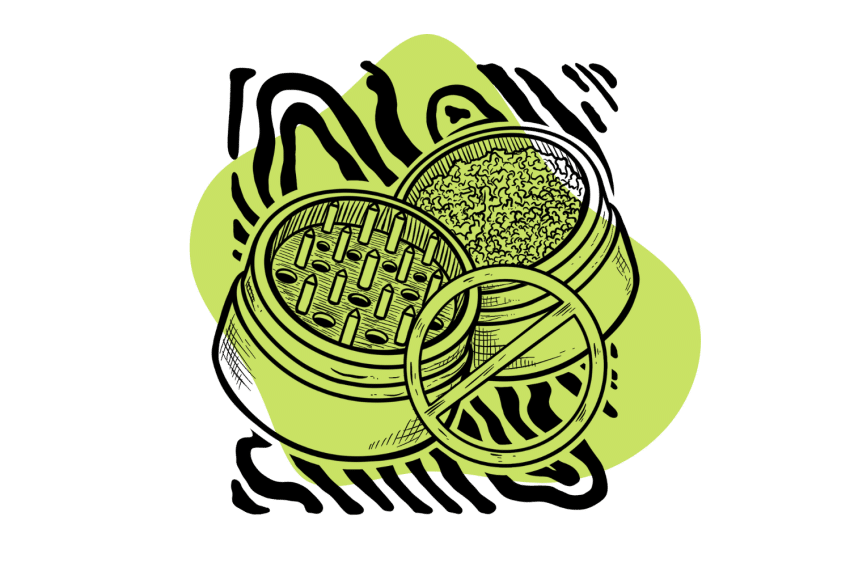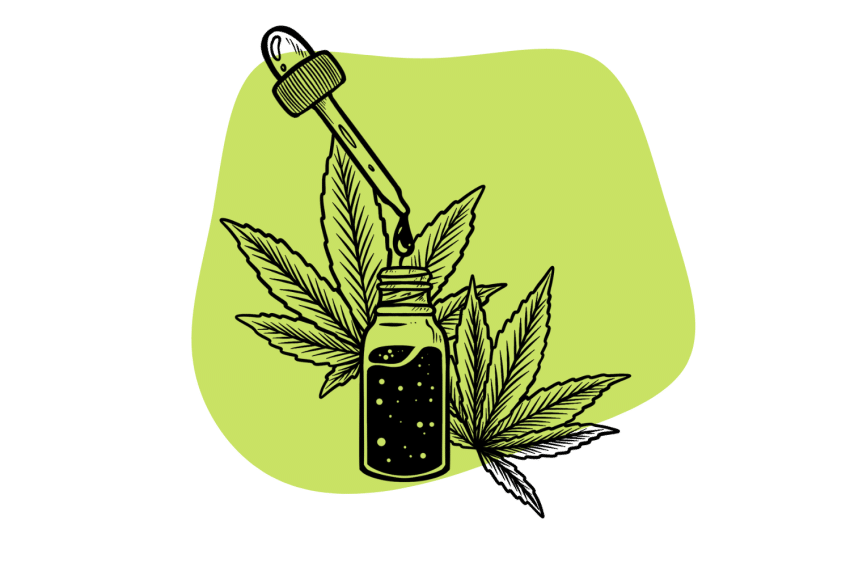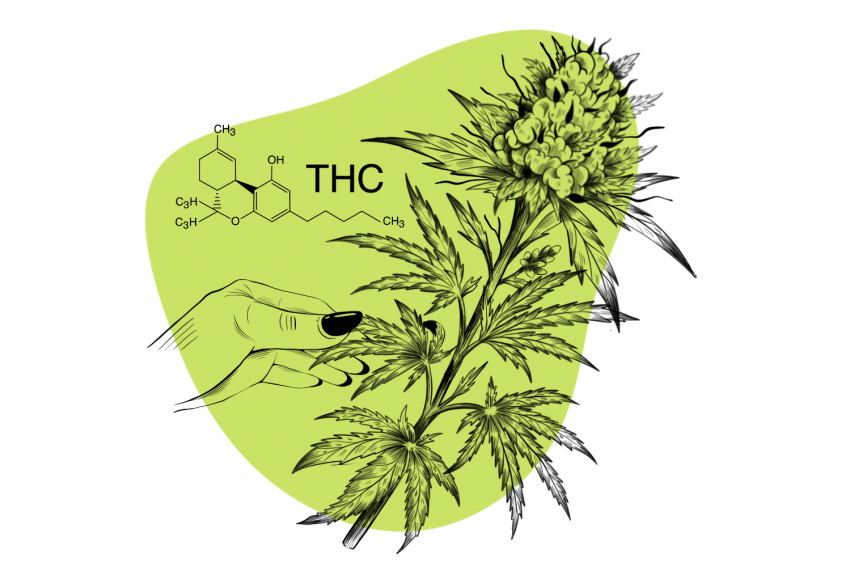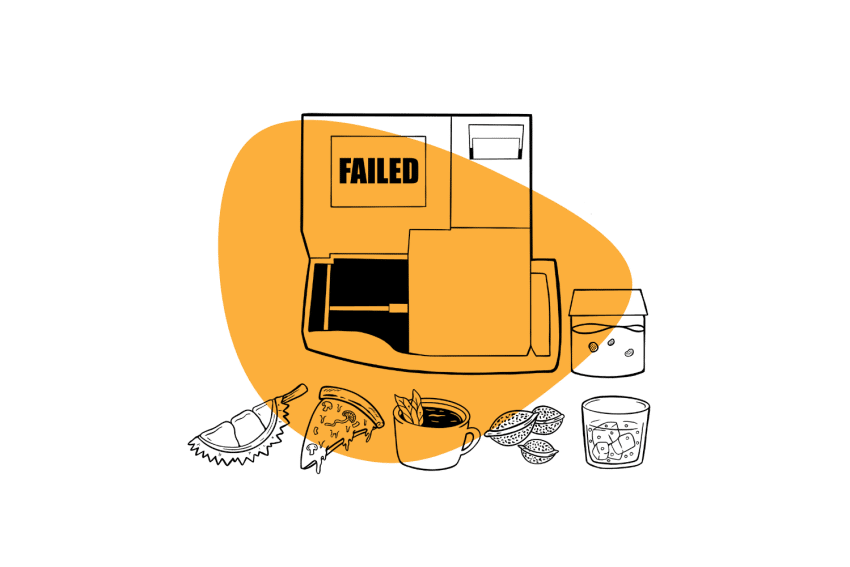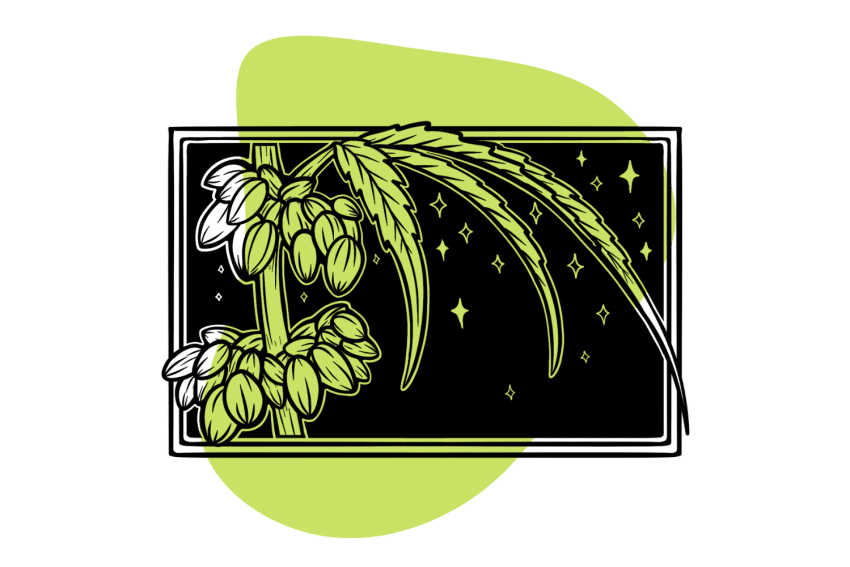A Zip Of Weed Is a Lot, But Is It More Than You Need? Here’s How to Know
A zip of weed fills a Ziplock bag — but how much does that weigh and how far will it go?
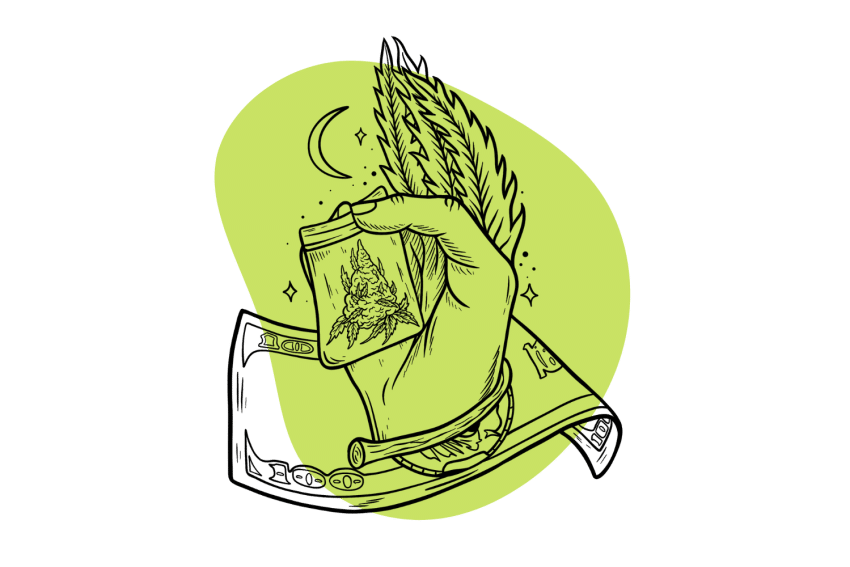
Marijuana legalization has opened the doors to an influx of new customers. Those afraid of buying it illegally can now get their buds in dispensaries.
These stores are professional and transparent, making it easier and safer than scoring on the street. However, one aspect that remains from the pre-legalization days is the confusing terminology.
You may have heard about zips, eighths, zaza, or kush without understanding what any of these terms mean. In this article, you’ll learn what a “zip” of weed is, how long it’ll last you, and how much you can expect to pay for one.
Related: Cannabis 101 | How Much Does Weed Cost?
What Does a “Zip” of Weed Mean?
A zip of weed equals one ounce, or 28 grams, of marijuana.
Weed takes up a lot of volume due to its lightweight, so 28 grams is enough to fill a gallon-sized Ziploc bag to the brim. The term originated in the days before marijuana legalization, and it remains even though nowadays, most dispensaries package their products in mylar bags.
Keep in mind that weed is difficult to measure by eye since some buds are denser than others and take up less volume. Instead of trying to eyeball an ounce, consider buying a precision scale so you never come up short.
How Much Does a Zip of Weed Cost?
There isn’t a standard price for a zip of weed across the United States since marijuana’s price depends on a multitude of factors [1]. However, expect to pay an average of $200 at dispensaries, although some states have much lower or higher prices.
When comparing prices, we can’t overlook California, which has some of the lowest in the country. Its mature cannabis industry gives way to more than enough supply for its high demand, keeping prices accessible. If you snoop around enough, you can buy a zip for as low as $160.
New Jersey, on the other hand, has become infamous in online weed communities due to its outrageous prices — you can pay as much as $260 for a zip of weed.
Prices are excessively high in some states for several reasons, which we’ll cover next.
Other Portions for Weed:
- 1 gram of weed (0.035 oz)
- An eighth of weed (3.5 g)
- A quarter of weed (7 g)
- A half-ounce of weed (14 g)
- An ounce of weed (28 g)
- A quarter pound of weed (114 grams)
- A half pound of weed (227 grams)
- A pound of weed (454 grams)
Factors That Influence the Price of a Zip of Weed
Weed prices depend on a number of factors that go beyond regional regulations or seasonal dynamics. Here are the most common ones.
1. Quality of the Cannabis
Not all buds are grown the same, which is why you can find zips at drastically different price points in a dispensary. While some growers focus on quantity over quality to produce what is commonly known as “mids,” others opt for a more controlled harvest [3, 4].
It takes knowledge, technique, and expensive equipment to produce outstanding buds. These exclusive flowers offer a completely different experience from regular weed and are worth their higher price.
2. Location
If you live in a state where weed is legal, it’s often cheaper to buy it on the black market than at a dispensary —but the risks aren’t worth it. Not only is it illegal, but the quality isn’t guaranteed, and you could get scammed.
While dispensary prices seem too high in some states, you’re guaranteed top-notch flowers that have been properly trimmed and cured for the optimal smoking experience.
3. Supply and Demand
Supply and demand determine the price of all goods, and weed isn’t the exception. Since more states are legalizing cannabis, demand is growing steadily, and supply should rise accordingly.
Sadly, this isn’t the case across the US, and some states have bloated prices as their industry can’t keep up with their consumers’ needs.
For example, California has the optimal climate for outdoor harvests all year round. Outdoor marijuana plants give high yields of potent buds if they get the appropriate nutrients from the sun and the soil.
States where it’s not possible to grow weed outdoors, or it’s limited to the sunny season, may struggle with supply. When you tack on high taxes and slow licensing to this supply issue — which are common problems in states that have recently legalized weed — prices can soar [2].
How Long Does a Zip of Weed Last?
To put it in simple terms, you can roll around 48 joints with a zip of weed if you put 0.5 grams in each. Unless you’re a voracious smoker, a zip of weed can last you for a very long time.
Still, if you don’t take the necessary precautions, its cannabinoids could degrade before it’s gone. We have a few suggestions to stop that from happening.
How to Make a Zip Last Longer
Regardless of how quickly you go through a zip, you’ll need to store it properly so it can stay fresh and potent. The following tips help preserve weed for as long as possible.
1. Store Weed In A Dark, Cool Spot
If you buy a top-shelf zip that’s high in THC and rich in terpenes, you’ll need to store it properly so it doesn’t lose its potency or its unique, complex aroma. Of course, you’ll want to do this even if you don’t have top-shelf weed — you still want it as fresh and potent as possible.
Light is one of the cannabinoids’ worst enemies and makes them degrade quickly, so store your weed in a cool, dark spot.
While you’ll find expensive weed storage containers in dispensaries or headshops, any airtight glass container will do the trick. Just make sure to pack your weed tightly in an appropriately sized container to prevent oxygen from getting trapped inside.
2. Make Edibles Out of the Weed
Making edibles uses up a few grams of weed, but it’s a fun and delicious project to take on when you have a surplus. Weed butter is the base of all edibles, and if you learn to make it properly, it will open up the door for endless preparations, sweet or savory.
How to Make Cannabutter for Edibles
Making cannabutter consists of four steps:
- Decarboxylate your weed — Before combining the buds with the butter, you need to activate the THC by roasting them in a low-temperature oven for half an hour.
- Infuse your butter — Coarsely grind the weed, mix it with equal parts melted butter and water, and cook on low heat for at least three hours.
- Strain it — Strain the weed and butter mixture through cheesecloth to separate the infused fat from the plant material, discarding excess water once it cools down.
- Store it — To ensure a long shelf life, store your cannabutter inside an opaque container to protect it from light. It should last around three or four weeks if kept in the fridge.
With your cannabutter ready, you can begin experimenting with different recipes by replacing some of their fat content with this butter. Be careful not to overdo it, as its potency and delayed onset of effects can make for an unmanageable high [5].
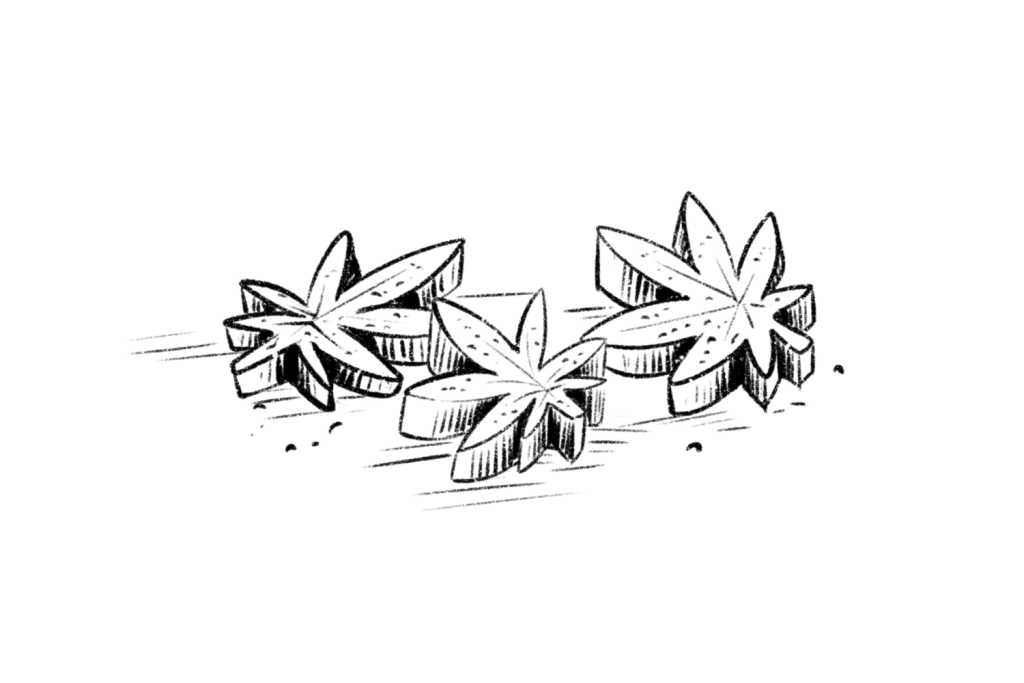
FAQs About Weed
We know there are endless questions about weed, so here are the answers to a few of the most popular questions we receive.
1. Can you get into trouble for carrying a zip of weed?
This depends on your state’s legislation on marijuana, but one ounce is generally the limit you can legally carry.
2. Can you overdose on cannabis?
It’s extremely rare to overdose on cannabis in the traditional sense. The median lethal dose of THC is too high to reach it unless you could somehow smoke around 1,500 pounds within 15 minutes.
3. Can you microdose marijuana?
Yes, but there’s very little research in this area. Microdosing marijuana could help with pain, sleep, creativity, and focus, but you’ll have to test it out for yourself. Take a very small amount — you don’t want to feel high or even buzzed — and see if you notice a difference.
References
- Wadsworth, E., Driezen, P., Pacula, R. L., Kilmer, B., & Hammond, D. (2023). Prices and Purchase Sources for Dried Cannabis Flower in the United States, 2019–2020. Cannabis and cannabinoid research, 8(5), 923-932.
- Cambron, C., Guttmannova, K., & Fleming, C. B. (2017). State and national contexts in evaluating cannabis laws: A case study of Washington State. Journal of drug issues, 47(1), 74-90.
- Magagnini, G., Grassi, G., & Kotiranta, S. (2018). The effect of light spectrum on the morphology and cannabinoid content of Cannabis sativa L. Medical Cannabis and Cannabinoids, 1(1), 19-27.
- Steel, L. M., Welling, M., Ristevski, N., Johnson, K., & Gendall, A. R. (2023). Comparative genomics of flowering behavior in Cannabis sativa. Frontiers in Plant Science, 14, 1227898.
- Barrus, D. G., Capogrossi, K. L., Cates, S. C., Gourdet, C. K., Peiper, N. C., Novak, S. P., … & Wiley, J. L. (2016). Tasty THC: promises and challenges of cannabis edibles. Methods report (RTI Press), 2016.

